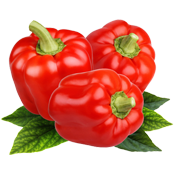THE ORIGINS OF
PEPPER
The pepper was one of the first plants to be grown in South America. We date wild pepper seeds back to 5,000 years B.C. The expansion of pepper cultivation was carried out by the Spanish and Portuguese conquistadors, who benefited from its great adaptability. Perennial in tropical regions, it is annual in temperate regions.
THE VARIETIES OF PEPPERS
Peppers and chillies are indeed from the same plant (Capsium annuum). The difference lies in the size and especially in the more or less spicy taste of the fruit. There are three main types of peppers that are shared by their shape:
- square peppers without tips and thick flesh, which constitute the most important part of the market.
- Rectangular long peppers, including the famous Lamuyo variety, are quite flattened.
- Triangular peppers can be presented in various ways, either smooth and fleshy like beef horns or lumpy and thin-walled like Doux d’Alger.
- Sweet peppers are exclusively attributed to small, sharp, non-spicy fruits.
The origins are diverse like the West Indies with the chilli pepper, India, China or Mexico. We will mention as a reminder the Cayenne pepper, the Pili-pili (Capsium frutescens) or the Espelette pepper from the Basque country which is used to season Bayonne ham.
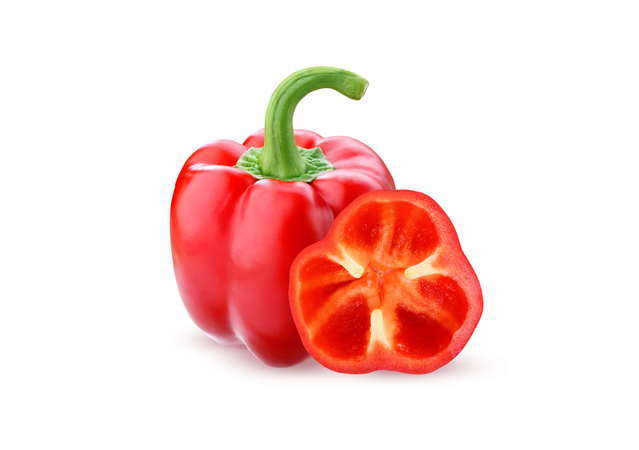
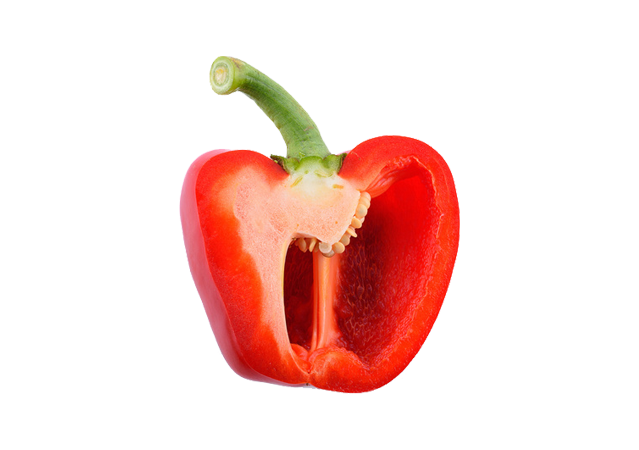
HOW TO CHOOSE PEPPER
No stains or cuts and smooth, shiny skin are the first signs of quality to be checked. Then the flesh must be firm. There are red, green, yellow and orange peppers, a real color palette for your salads. Count one large pepper to stuff per person. Adding a pepper to a mixed salad may be sufficient.
HOW TO STORE AND COOK PEPPER
A few days in the vegetable bin of the refrigerator does not scare the peppers. After washing, deseeding and cutting into strips, it can be stored in an airtight box in the cold for a while. Always seed the peppers because the seeds contain capsain. This alkanoid (sought in the case of chilli peppers, which even have some in their flesh) has disadvantages because it is highly irritating, particularly to the mucous membranes of the intestines.
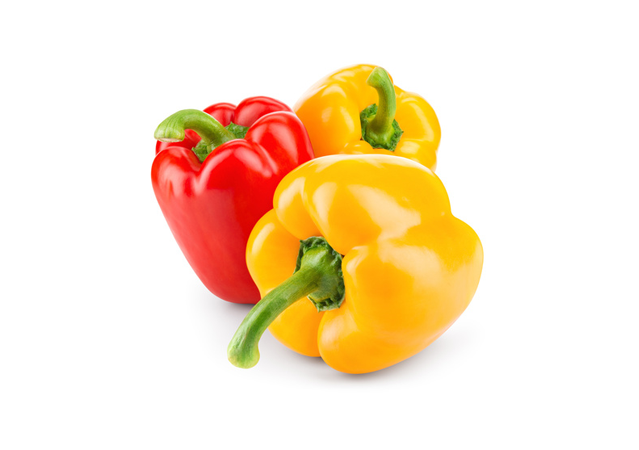
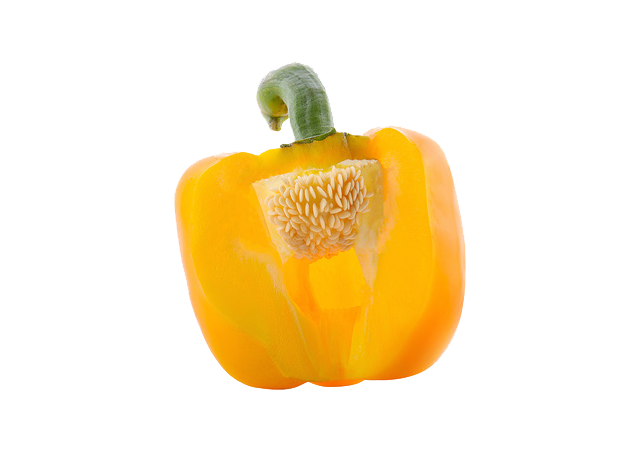
PEPPER’S HEALTH PROPERTIES
Pepper stimulates the appetite and can also be served as an aperitif in cooked strips. By its exceptional contribution in vitamins C and E as well as in carotene, the pepper has certain antioxidant virtues. It is therefore beneficial in preventing cell aging.


